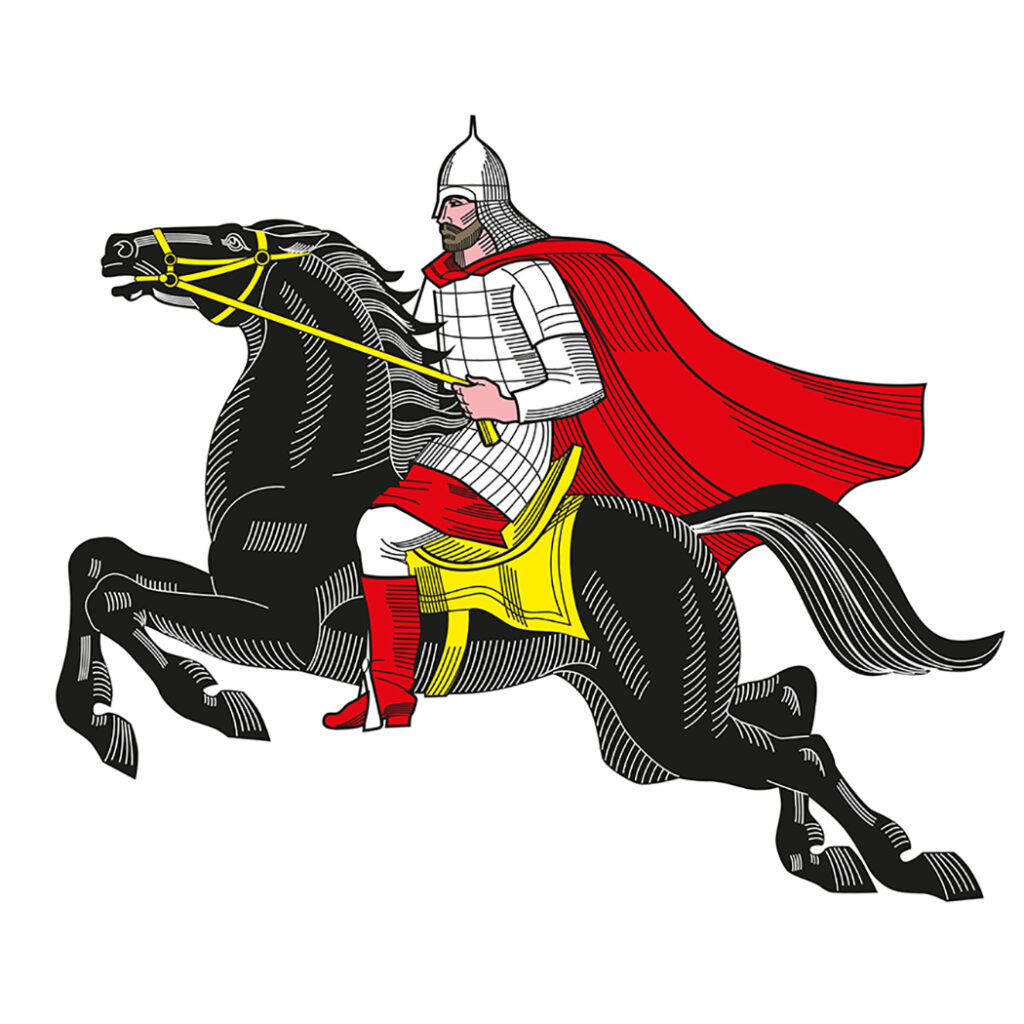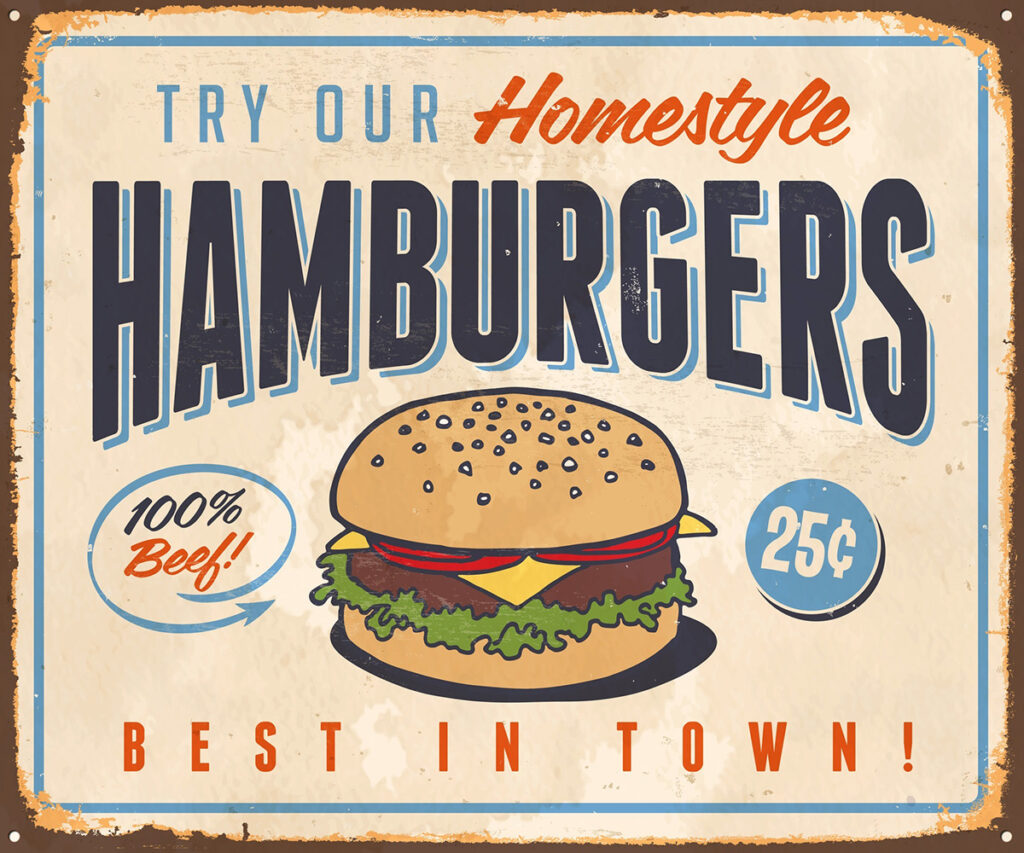Whoppers, Wimpy, and Wahlburgers. Jimmy Buffet sang Cheeseburger in Paradise and Ronald McDonald clowned for the world.
Where’s your beef?
Hamburgers are an American icon as well as one of the most popular sandwiches in the world. Fifty billion burgers are eaten each year in America; roughly 1.5 million Big Macs are sold every day. Globally, 2.6 billion burgers are chowed down yearly.
That’s a lot of beef patties, special sauce, lettuce, cheese, pickles, and onions on a sesame seed bun.
Where did it begin? No one knows. The ancient Romans had a recipe similar to today’s hamburger. A Nat Geo documentary says it came from twelfth century Genghis Khan and his Mongols. They tucked meat beneath their saddles to tenderize it. The Russians turned the Mongolian meat into steak tartar and the Germans dubbed it the “Hamburg Steak.”
A mid-seventeenth century cookbook by Hannah Glasse included a recipe for “hamburgh sausage.” By the late nineteenth century “Hamburger Steaks” were talked about in dozens of newspapers. According to Erik Ofgang in The Washington Post, in 1887 a New York lodging house advertised “a bowl of coffee, hamburger steak, and bread” for 10 cents.
A lot cheaper than today’s Quarter-pounder.
Hamburgers are an evolution not revolution.
Don’t tell that to the people who battle for the right of the American hamburger’s origin. There was Louis Lassen in New Haven, Ct. who, in 1900, prepared “take out” with a “Hamburger Steak” nestled between two slices of toast. Fletcher Davis from Athens, Texas introduced the burger at the 1904 St. Louis World’s Fair. Tom Fraker from Reno, Nevada ran a saloon lunch counter featuring “hamburgers.”




